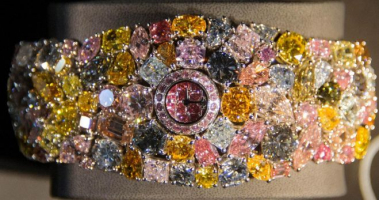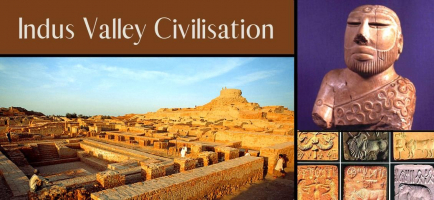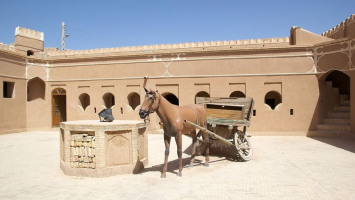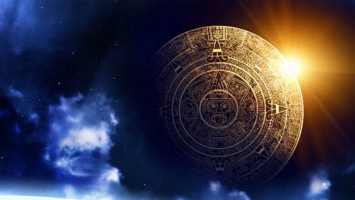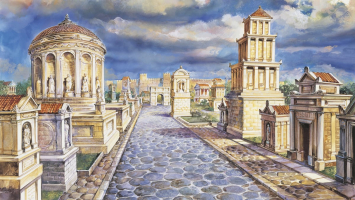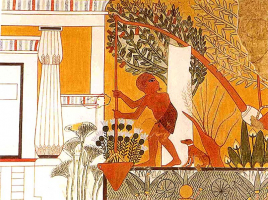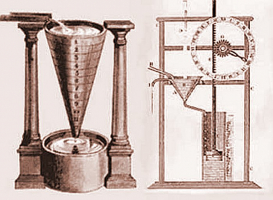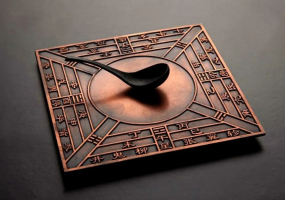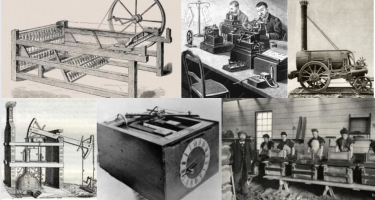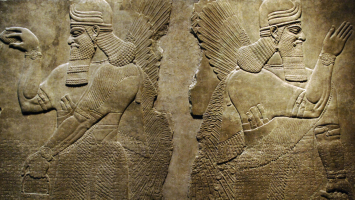Top 10 Most Surprising Reasons Behind 10 Everyday Inventions
If you've ever watched a life hack video on YouTube, you'll know that people are always coming up with amazing new methods to accomplish things. Sometimes that ... read more...means adapting an existing tool or object to a new purpose that makes it even better. This adaptability is nothing new. Sometimes individuals design something for one reason only to discover that it is better suited for something quite else. With that in mind, let's look at top 10 the most surprising reasons behind 10 everyday inventions.
-
Coca-Cola ranks first in the list of surprising reasons behind 10 everyday inventions. It once included cocaine in its recipe, as is well known. Perhaps the people at the time were unaware or didn't care that it was made with it. After all, cocaine was a popular prescription drug for many years and was also found in a variety of other products. Coca-Cola, on the other hand, was more than just a drink that could get you high as a kite. It was created for a specific purpose, and that purpose was medical. Coca-Cola was designed to assist you in weaning yourself off of morphine.
John Pemberton, the doctor who invented Coca-Cola, was also a morphine addict. Pemberton was a Confederate soldier who had to have been injured. He began taking morphine to relieve his pain, but soon discovered that the morphine had become the problem in and of itself. As a result, he created French Wine Coca to help him wean himself off morphine. This sophisticated cocktail contained wine, cocaine, and kola nuts. He marketed it as a cure-all for almost everything. When Atlanta became a dry county in 1886, Pemberton left the wine business and promoted his new beverage as a "temperance drink." The same great cocaine flavor, but without the alcohol. And he's given it the brand name Coca-Cola.
Creator: John Stith Pemberton
Introduced: May 8, 1886

tinnhanhchungkhoan.vn 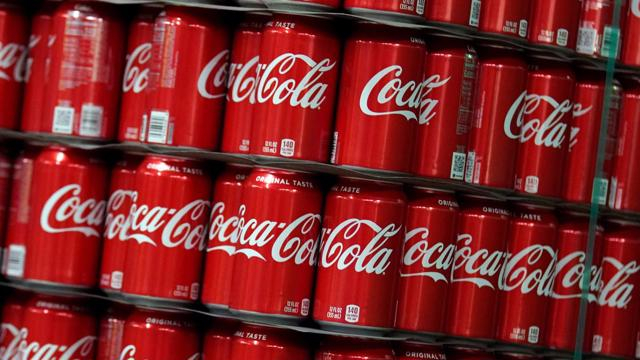
tinnhanhchungkhoan.vn -
Braille changed the world for the blind and partially sighted. While inventor Louis Braille deserves a lot of credit, the method that bears his name was not created by him. To discover the truth, they must travel back in time to the time of Charles Barbier, a soldier in Napoleon's army. Barbier's night writing method, which was not intended to help the blind read, inspired Braille. It was instead intended to allow soldiers to communicate without fear of being shot.
Prior to Barbier, soldiers in combat had to read communications at night using lantern lights. It doesn't take a genius tactician to realize that lighting a lantern on a battlefield at night is a bad idea. Barbier devised a grid system that troops could learn in order to read messages without becoming targets. Sections of the grid represented specific letters, so if a raised dot was felt in a specific location, the reader knew what letter it represented. This method could deliver an entire message without exposing anyone to torchlight.
Creator: Louis Braille
Introduced: 1821
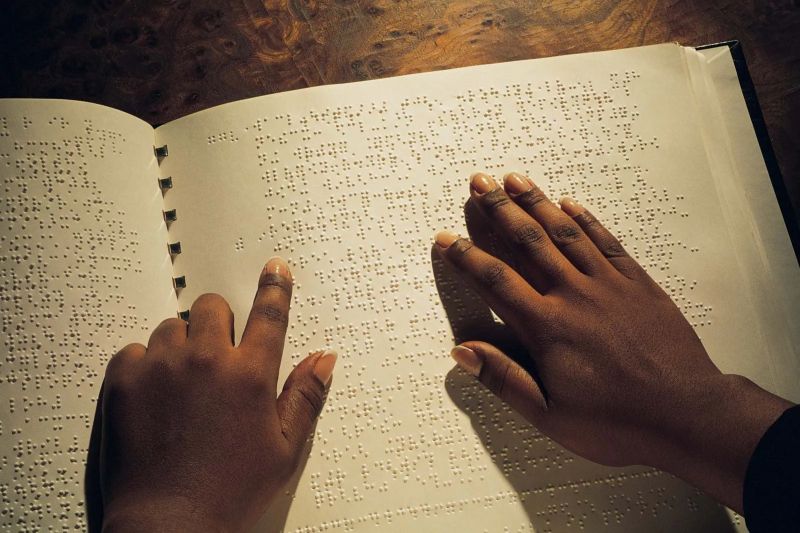
britannica.com 
ingeniumcanada.org -
Chocolate Milk ranks 3rd in the list of surprising reasons behind 10 everyday inventions. While this may not appear to be the healthiest option, chocolate milk has a long history. Surprisingly, it was introduced to the world as a form of medicine. In 1687, Hans Sloane visited Jamaica and stayed for over a year. He wrote about the various plants he experimented with, including cocoa, which the British had not yet encountered. Sloane's experience was reportedly abysmal, as he despised a local beverage made of chocolate and water. However, when he tinkered with the recipe and added milk and sugar, it turned out quite well.
Sloane naturally marketed his new beverage as medicine, as it appears that every beverage invented prior to 1980 was sold in this manner by someone. It should be noted that Sloane did not invent this; Jamaicans cooked it with milk as well; it appears that Sloane never tried it. He did, however, popularize it in Europe and market it with questionable therapeutic claims.
Creator: Sloane
Introduced: 17th century

thespruceeats.com 
thespruceeats.com -
A candy cane is a stick candy in the shape of a cane that is commonly associated with Christmas and Saint Nicholas Day. It is traditionally white with red stripes and flavored with peppermint, but other flavors and colors are available. The candy has been around for over 300 years, adding to the mystery of its origins. However, it appears that no one bothered to keep a record of it. Nobody knows where the candy came from, but some theories appear more credible than others. According to one of them, the candy was created to keep choir boys quiet and distracted during service rather than as a Christmas tree decoration.
The original canes, on the other hand, were neither curved nor minty. They were nothing more than sugar sticks. Around 1670, the choirmaster of Cologne Cathedral in Germany allegedly gave them their trademark bent and distributed them to children. According to a change in the story, only the children in the choir were hyperactive.
Introduced: 1919

farmersalmanac.com 
hersheyland.com -
A webcam is a video camera that can record or stream video to a computer or computer network. They are most commonly used in video telephony, livestreaming and social media, and security. Webcams are commonly connected to a device via USB or wireless protocols and can be built into computer hardware or peripheral devices.
Back in 1991, no one had home internet access. Cambridge University researchers shared a single coffee pot, which quickly ran dry. As a result, people frequently found themselves smelling a freshly made pot only to find it all gone when they arrived. As a result, one of the researchers installed a camera on the pot and gave it its own computer to monitor.
People could then determine whether or not there was coffee available. As a result, the first webcam in history was created as a coffee monitoring system. Instant messaging clients added support for webcams in the late 1990s and early 2000s, increasing their popularity in video conferencing. Webcams have also been integrated into laptop hardware by computer manufacturers. The COVID-19 pandemic caused a shortage of webcams in 2020 due to an increase in the number of people working from home.
Introduced: 1991

businessinsider.com 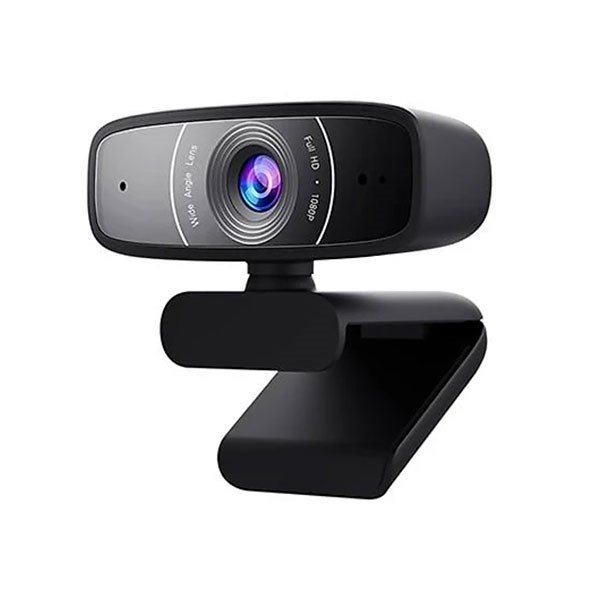
thegioididong.com -
A roller coaster, also known as a rollercoaster, is a type of amusement ride that uses an elevated railroad track with tight turns, steep slopes, and sometimes inversions. Passengers ride in open cars along the track, and the rides can be found in amusement parks and theme parks all over the world. Rollercoasters, despite being faster and more complicated than before, were not designed with screams and panic in mind. Quite the opposite, in fact. LaMarcus Adna Thompson created the rollercoaster to keep you on track and away from sinful temptations like drinking and gambling.
In 1885, LaMarcus Adna Thompson received one of the first known patents for a roller coaster design, which was related to the Switchback Railway, which opened a year earlier at Coney Island. As shuttle roller coasters demonstrate, the track in a coaster design does not have to be a complete circuit. The majority of roller coasters have several cars in which passengers sit and are restrained. A train is made up of two or more cars that are linked together. Some roller coasters, most notably the Wild Mouse roller coaster, have single cars.
Creator: LaMarcus Adna Thompson
Introduced: 1885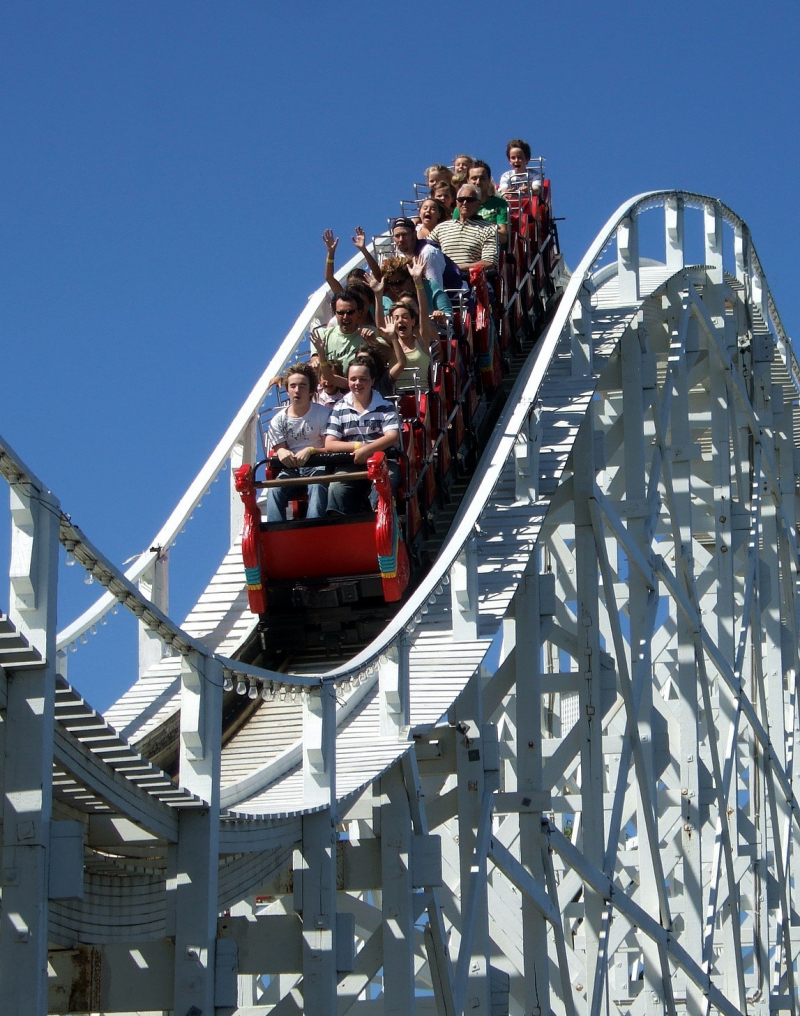
en.wikipedia.org 
verywellfamily.com -
Money ranks 7th in the list of surprising reasons behind 10 everyday inventions. Before portraits were printed on coins and paper, people traded a wide range of goods and services. Money, in reality, was created to account for people's debts. Money and society are roughly the same age, which makes sense. Anthropological evidence does not support the idea that humanity used a barter system before money. If you were a chicken farmer and all you had were chickens, how would you bargain with someone who didn't want one? What if everyone had a chicken already? As a result, a different transaction method was required. Anthropologists have found no historical evidence of such barter communities. As a result, debt-based money systems have always existed.
Everything, including limbs lost in battle, was valued in old legal documents. There was a monetary value attached to anything that was lost or destroyed. Money was created to account for what was required to pay someone in an appropriate and concise manner. No one could argue about the value of something in a transaction because it was fixed and recognized.

marxist.com 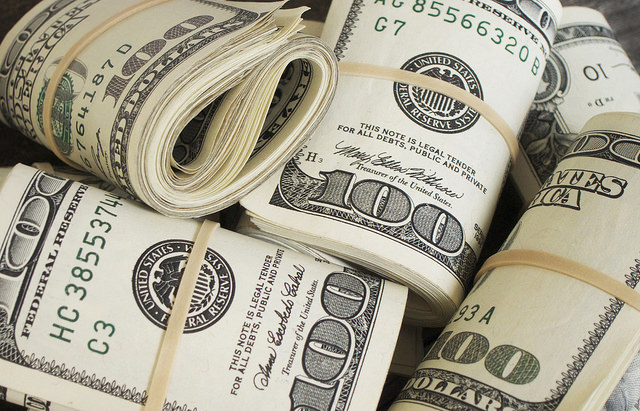
marxist.com -
The bicycle has been in people's lives for so long that there is no question about its origin. To understand the history of the bicycle, go back to July 15, 1815, when Mount Tambora erupted in Indonesia. Because of the massive amount of debris in the atmosphere, this discharge caused the "Year Without a Summer" in 1816. It lowered global temperatures by up to five degrees.
Crops withered and people went hungry during the Year Without a Summer. This had a significant impact on horses all over Europe. The horse was the primary mode of transportation back then. Unfortunately, many died of starvation, while others were devoured by their masters. This prompted Baron Karl Von Drais to create his running machine, a precursor to the bicycle that did not have pedals. It could be used instead of horses to transport people, and it would never go hungry.
Since the first chain-driven model was developed around 1885, the basic shape and configuration of a typical upright or "safety bicycle" has changed little. Many details, however, have been improved, particularly since the introduction of modern materials and computer-aided design. This has resulted in a proliferation of specialized designs for various types of cycling.
Creator: Karl von Drais, Kirkpatrick MacMillan
Introduced: 19th century

batchbicycles.com 
britannica.com -
Candy Land (also known as Candyland) is a Hasbro racing board game. The game requires no reading or counting skills, making it appropriate for young children. There is no strategy involved because players are never required to make decisions; only following instructions is required. And, while it appears to be a lighthearted, fun game for kids, the underlying story is far more tragic than its cheerful themes suggest. Candy Land was developed to distract and entertain children in polio hospitals. The inventor, Eleanor Abbot, had the disease herself and understood how lonely children in polio wards were. When the game was first released in 1949, Abbot spent nearly all of her earnings on school supplies and other equipment for underprivileged children. More than 50 million units have been sold so far.
The game is won by landing on or passing through the final square and thus reaching the Candy Castle's goal. According to the official rules, any card that causes the player to advance past the last square wins the game, but many people play so that one must land exactly on the last square to win. The final space was changed from a violet square to a rainbow space in the 2004 version, which means it applies to any color drawn by a player, resolving any disagreement about who wins the game.
Creator: Eleanor Abbot
Introduced: December 14, 1949

shop.luckycharms.com 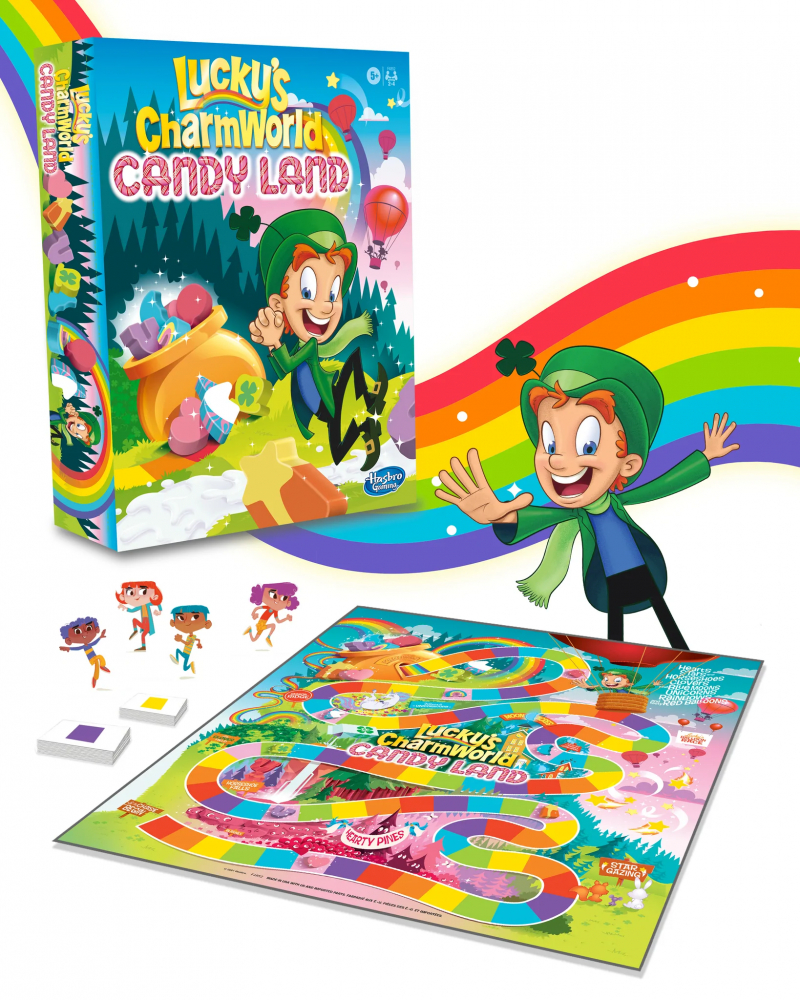
shop.luckycharms.com -
On a hot summer day, it's easy to see how important air conditioning is. Its widespread use has been linked to a significant decrease in heat-related mortality over the last 60 years. As a result, it is an important invention for which many people are grateful. And to think it was designed to do nothing more than accelerate the drying of ink!
Willis Carrier's original 1902 design was intended to regulate humidity in a Brooklyn printing business as ink blotted and leaked. Carrier's cooling system lowered the temperature, allowing the ink to dry quickly and cleanly. Carrier saw an opportunity and expanded it beyond the print shop and drying ink. But who knows if or when he would have finished his invention if not for that printing shop? Air conditioners, which typically use vapor-compression refrigeration, come in a variety of sizes, from small units used in vehicles or single rooms to massive units capable of cooling entire buildings. Air source heat pumps, which can be used for both heating and cooling, are becoming more common in colder climates.
Creator: Willis Carrier
Introduced: 1902
vn.sharp 
aoini.com















